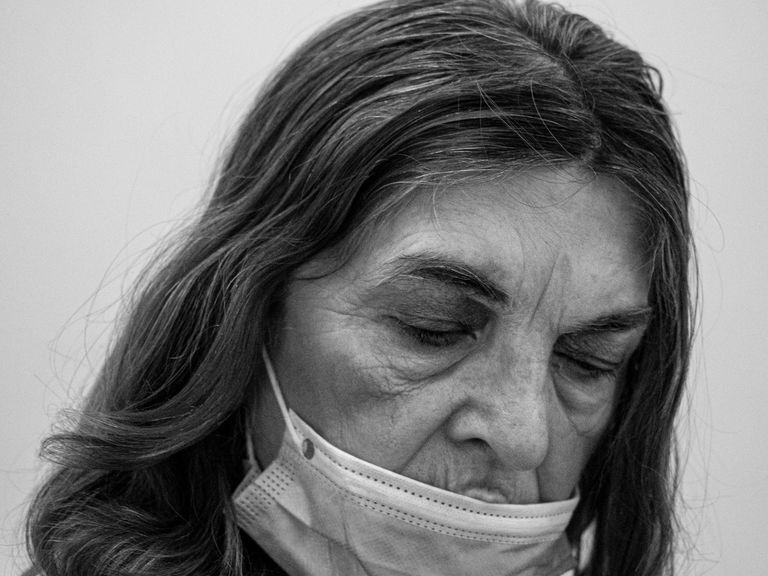Project Detail: Living poor with Covid-19
Contest:
IBSA Foundation Covid19 Resilience
Brand:
LuganoPhotoDays
Author:
David Pozzati
Status:
Finalist
Project Info
Living poor with Covid-19
In March 2020 Italy was the epicenter of Covid-19, the first country in Europe hardest hit by the new coronavirus, first appearing in Wuhan, China, at the end of 2019. The measures adopted by the Italian Government to avoid the spread of the virus meant the closure of almost all economic activity and a two month lockdown that led to a profound change in the socio economic fabric of the country.
As claimed by ISTAT (Italian National Institute of Statistics) in a statement in June 2021, in the year 2020, 5,6 million people were living in poor conditions, a million more people in 2020 alone compared to 2019, as a direct result of Coronavirus. This represents 9,4% of the country’s population, the worst numbers since 2005.
Due to the first lock down in 2020 and with the second and third wave of Covid-19, Coronavirus started to show its domino effect.
Homeless people and families living in hardship saw their situation getting worse every day.
To avoid the spread of the virus, charities significantly reduced their capacity to welcome people in need to their institutions, increasing isolation and loneliness among them.
Endless queues for a bag of staple food outside food banks; new poor among the workers that lost their jobs due to the lockdown.
After almost two years since the spread of the virus, and the start of the vaccination campaign, Italy is still living in a bubble of uncertainty related to the economic situation that is deeply affecting the most vulnerable, adding new instances of poverty each day.


















